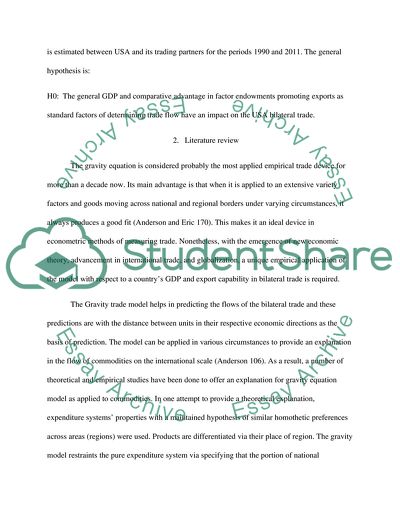Cite this document
(“Bilateral Trade in the Economies of Various Countries Essay”, n.d.)
Bilateral Trade in the Economies of Various Countries Essay. Retrieved from https://studentshare.org/macro-microeconomics/1626351-writer-must-know-some-background-in-economics
Bilateral Trade in the Economies of Various Countries Essay. Retrieved from https://studentshare.org/macro-microeconomics/1626351-writer-must-know-some-background-in-economics
(Bilateral Trade in the Economies of Various Countries Essay)
Bilateral Trade in the Economies of Various Countries Essay. https://studentshare.org/macro-microeconomics/1626351-writer-must-know-some-background-in-economics.
Bilateral Trade in the Economies of Various Countries Essay. https://studentshare.org/macro-microeconomics/1626351-writer-must-know-some-background-in-economics.
“Bilateral Trade in the Economies of Various Countries Essay”, n.d. https://studentshare.org/macro-microeconomics/1626351-writer-must-know-some-background-in-economics.


